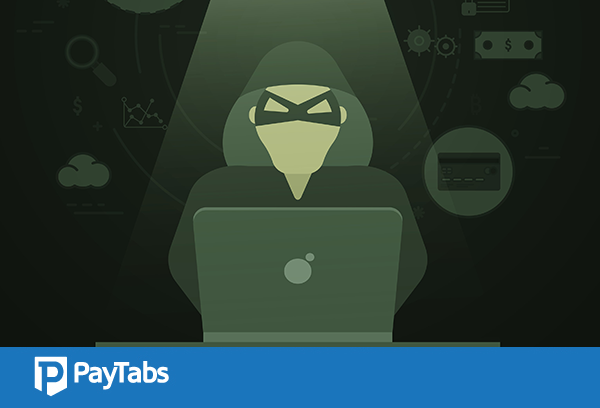These 10 things will help protect your Ecommerce Business against fraud
Posted on

The good news is that e-commerce is flourishing like never before. The volume of ecommerce transactions worldwide is growing by leaps and bounds every year. In fact, according to reports by Statista and emarketer., the total volume of global e-commerce is expected to cross the $3.03 trillion mark by 2019.
The not-so-good news is that along with market expansion, the incidents of online frauds have also increased. And as the world moves ahead, fraud has become more sophisticated. According to the Global Fraud Index, which tracks and analyses changes in fraud patterns by studying the transactions of more than 5,000 e-commerce merchants in North America, Asia and Europe, $3.3 billion was lost by merchants as a result of account takeover frauds in the second quarter of 2017.
Online frauds usually result in fraudulent transactions, account take overs, stolen goods, and unauthorized requests for refund. To cover your e-commerce business against fraud attack, let’s understand what we can do.
Here are 10 ways to reduce eCommerce fraud activities:
- Begin with your website security
Make sure that your website is not vulnerable. You should hire security experts to ward off such kind of possibilities. Make sure that your website is integrated with a secure payment processor.
- Train your staff
It is high time that your internal staff should be aware of the patterns of behavior usually observed during a fraudulent activity and also the security measures associated with it. They should also be trained to quickly spot an unusual activity.
- Use security codes
To ensure the physical possession of the credit card by the user, make the use of CVV mandatory. CVV is the code which is printed on the back of the credit card.
- Don’t allow customers to buy in guest mode
E-Commerce websites allow you to buy on guest mode, which means that you are not required to set up an account with the website and you can just provide the billing and payment details and make a purchase. While setting up an account on the website, you are required to provide more information about yourself and that minimizes the frauds.
- Contact the customer if required
If you suspect any fraudulent activity, immediately contact the customer on the contact number provided by them and make sure that you are talking to the actual customer.
- Use tracking numbers
You should track the order delivery and record every detail associated with it.
- Compare email address with IP address of the user
You can use free verification services to make sure the customer is ordering from the same location with which they are registered with you. Remember, during most of the frauds, users initiate a purchase from far-off places and sometimes even different countries.
- Compare shipping and billing addresses
It is also a form of preliminary check and you can use address verification services to ensure that these two addresses are not dramatically different. However, there can be exceptions to that – it usually happens when a person wants to gift something to one of his/her friends or relatives. However, you can always contact the customer when required and confirm the order as a security measure.
- Take signatures on delivery
It is for those customers who frequently return and dispute the transactions. Such customers claim that they never received the product and ask for a chargeback. To prevent such frauds make sure the delivery boys get their signature on delivery.
- Use a fraud protection service
The staff at a fraud protection service is specially trained to detect fraudulent activities during millions of transactions. They use human intelligence along with machine learning techniques to help you identify a possible fraud. When you hire any such service, you can minimize fraudulent activities on your website.
Frauds happen everywhere and they make a dent in your profits and sales revenue. The above steps will definitely help you prevent those frauds and run your business smoothly.
